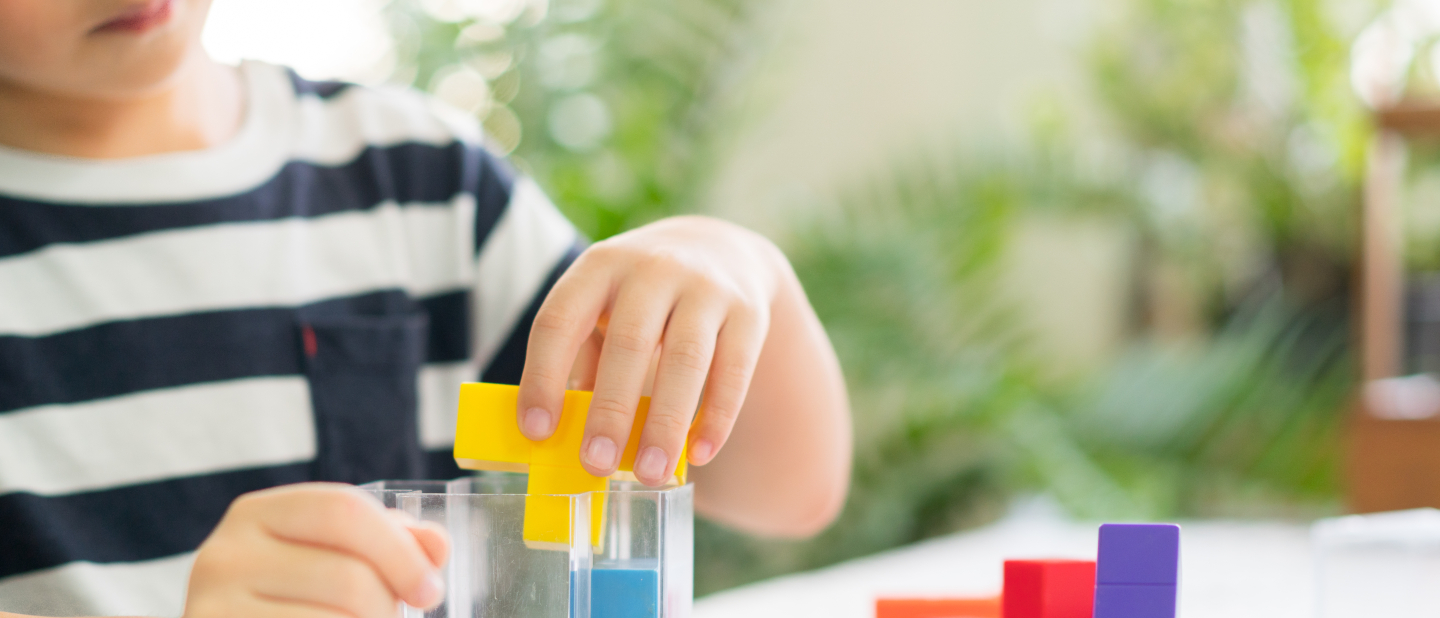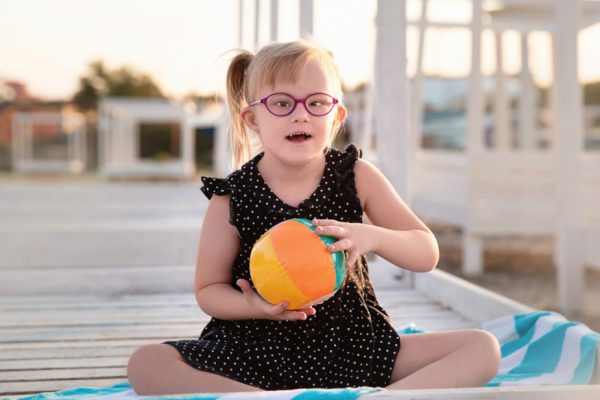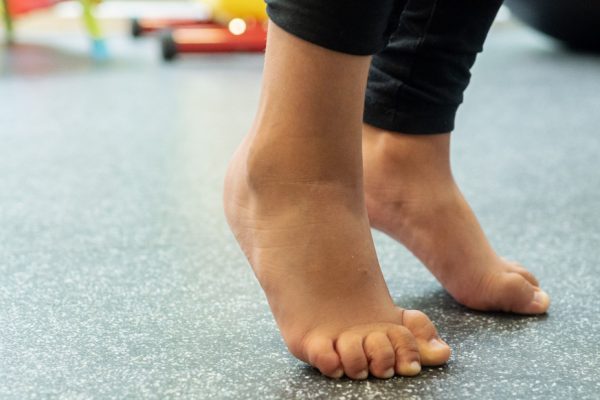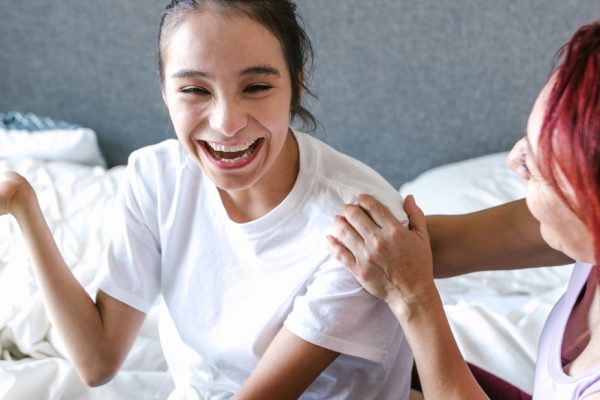
The importance of hand-eye co-ordination and how to help your child develop this skill
Hand-eye coordination is one of those skills we rely on more than we might realise. It’s all about helping our eyes and hands work together smoothly so that everyday actions—like catching a ball, writing, or even buttoning a shirt—feel natural and easy. For kids with disability, however, building this skill can come with extra challenges.
Why hand-eye coordination matters
Hand-eye coordination is key for so many daily activities—things like writing, eating, getting dressed, and playing games. For children, it’s especially important because it supports their cognitive, motor, and social development. Good coordination helps kids interact with their surroundings, participate in play, and develop fine motor skills that are crucial for success at school.
Why some children struggle with hand-eye coordination
There are lots of reasons why a child might find hand-eye coordination difficult. Neurological conditions, sensory processing issues, muscle weakness, and visual impairments can all play a part. Any of these can make it tricky for a child to track moving objects, judge distances, or match their hand movements with what they see. Knowing the reasons behind these challenges can guide us in finding the right activities to support their growth and development.
Try some of the following:
Catching and throwing games: Start with soft, lightweight balls and gradually progress to smaller or heavier objects as your child’s skills improve.
Balloon volleyball: Encourage your child to bat a balloon back and forth using their hands or a lightweight paddle.
Target practice: Set up targets using hoops, cones, or boxes and throw bean bags or balls to improve accuracy.
Pegboard activities: Use a pegboard and pegs of different colours and sizes to enhance hand-eye coordination and fine motor skills.
Building blocks: Constructing structures with building blocks helps improve spatial awareness and hand-eye coordination.
Puzzle play: Choose age-appropriate puzzles that require precise hand movements to fit pieces together.
Painting and drawing: Engage in art activities that involve tracing, colouring within lines, and using different grips for writing utensils.
Playing musical instruments: Instruments like drums, xylophones, or simple keyboards can enhance hand-eye coordination through rhythmic movements.
Toss and catch games: Use soft foam balls or bean bags for activities like juggling or playing catch with a partner.
Threading: Provide large beads and string or pipe cleaners to create necklaces or other creations. Work on focus, fine motor skills and of course, hand-eye coordination.







